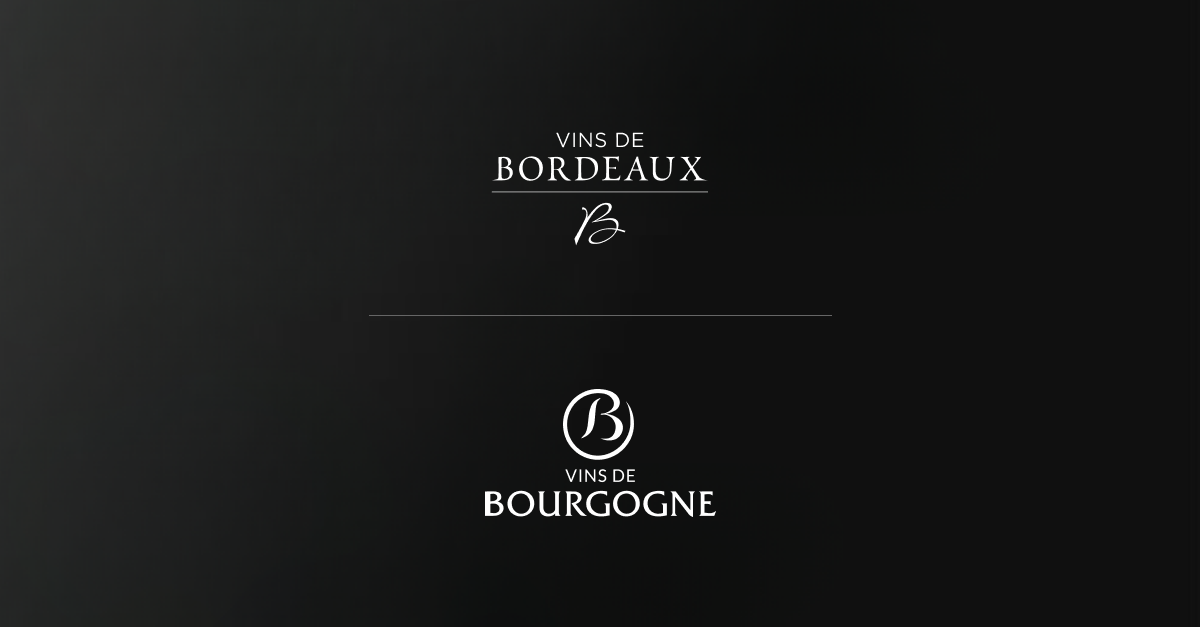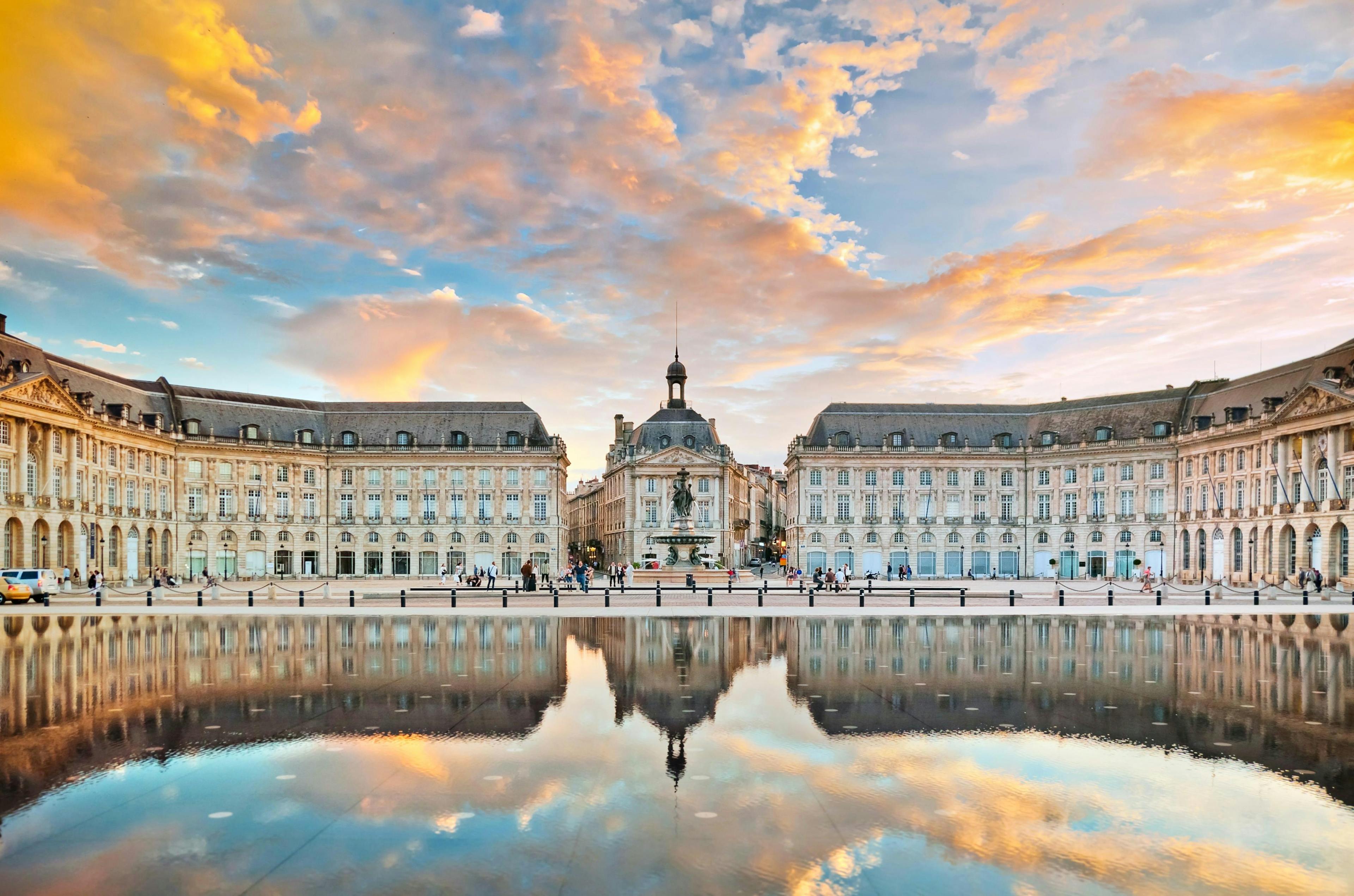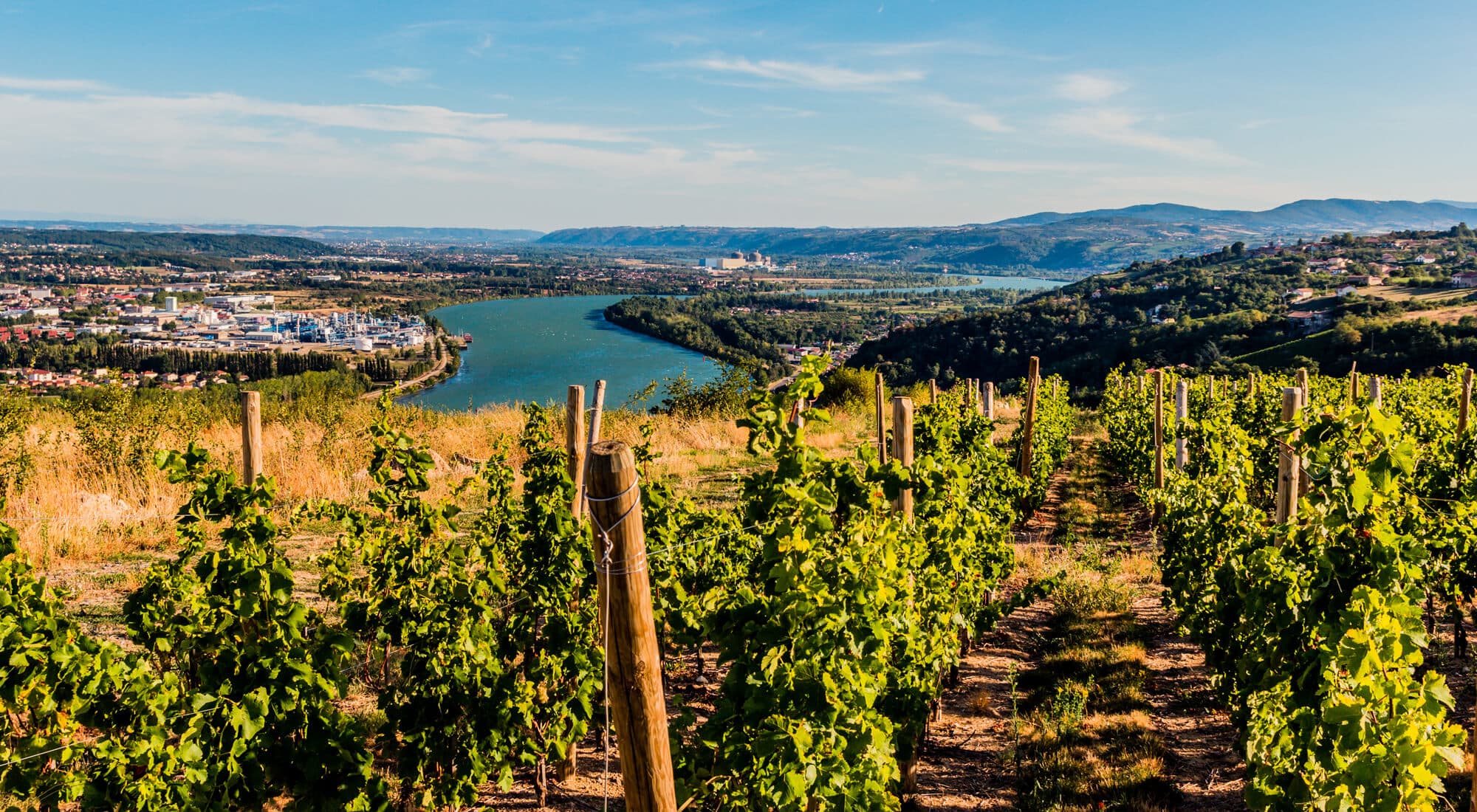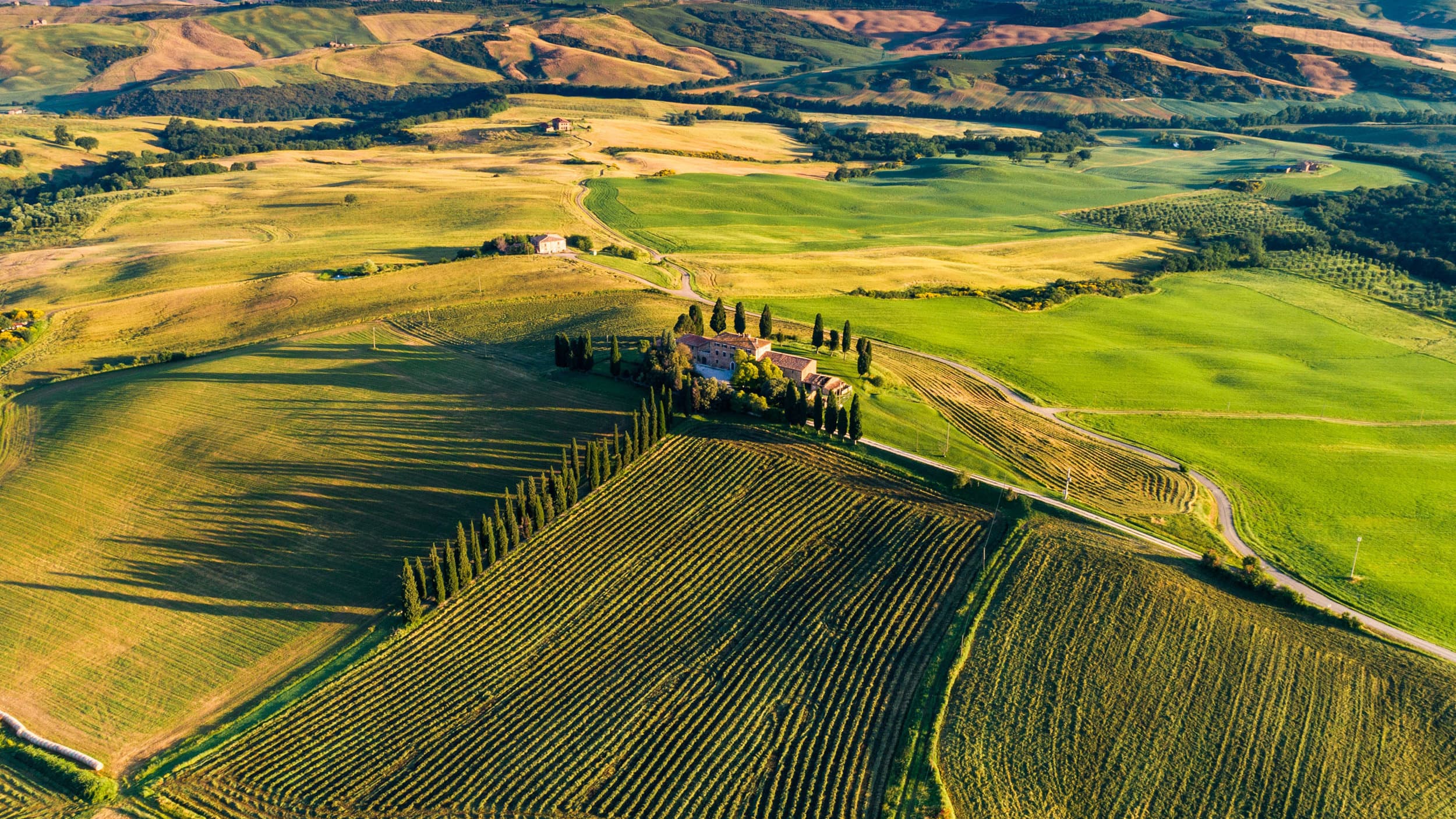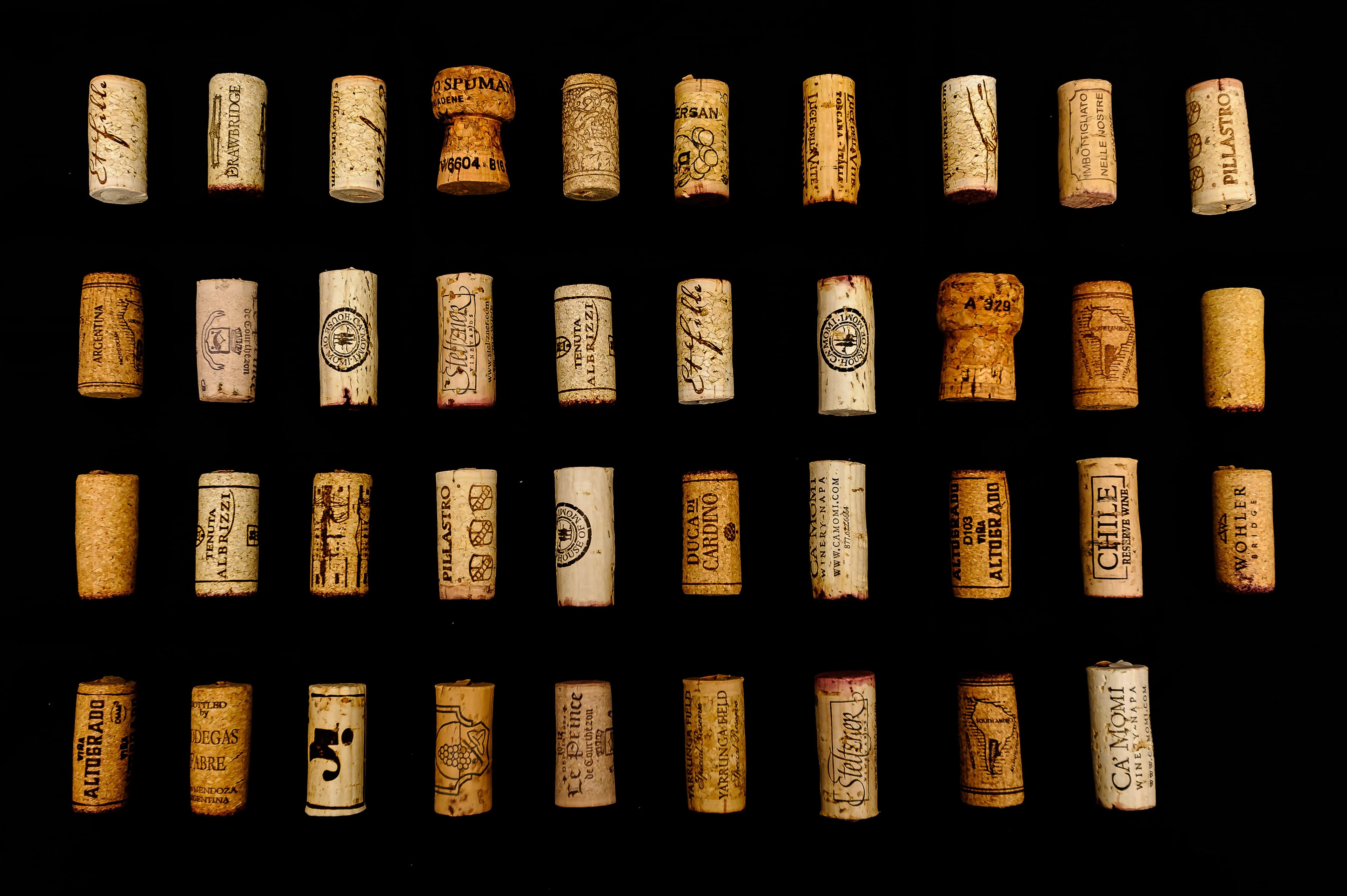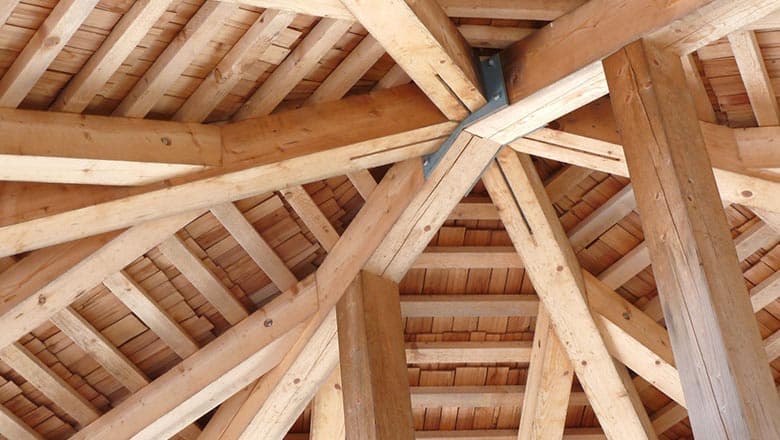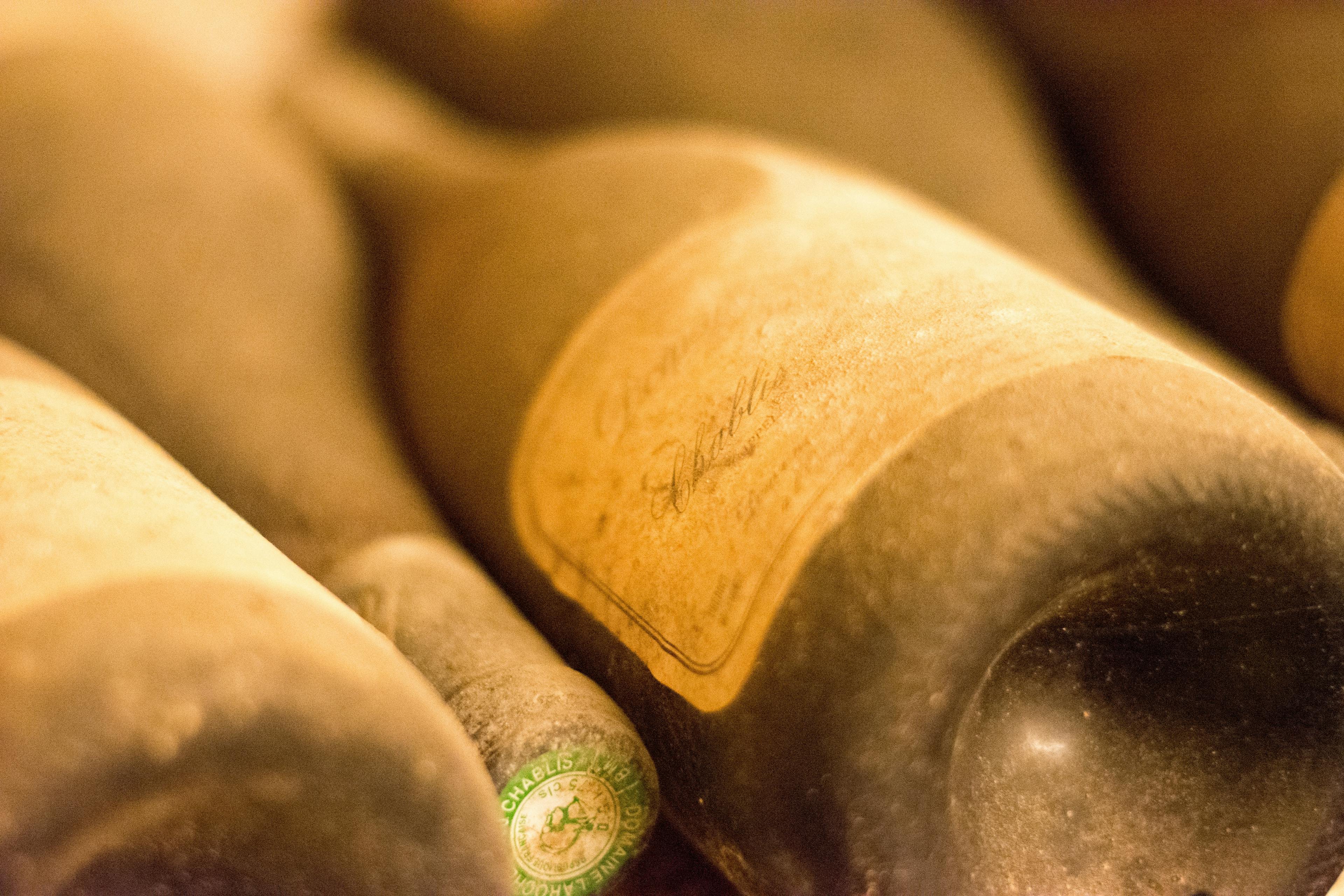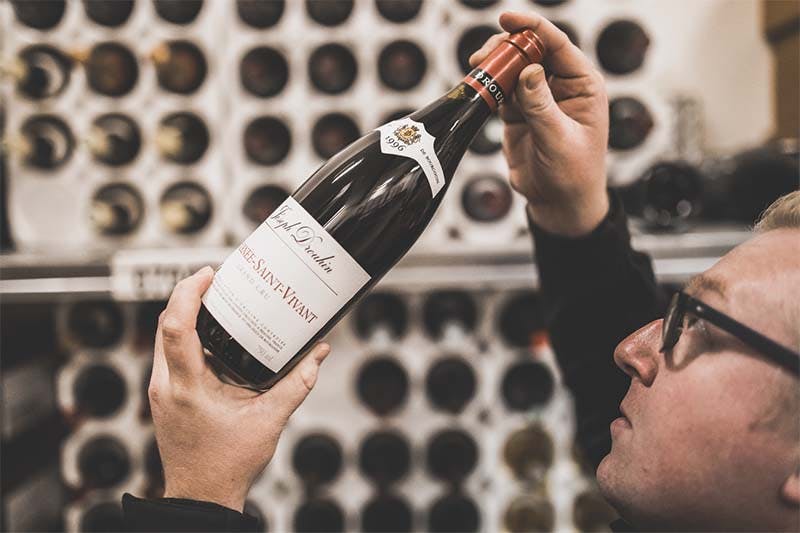What is the History Behind Domaine des Lambrays?
11 min read
Head of Content

Nestled in the heart of Burgundy, France, the Domaine des Lambrays is a name synonymous with fine wine and a rich historical tapestry. This esteemed winery, known for its exceptional Pinot Noir, has roots that stretch back several centuries, making it a significant landmark in the world of viticulture. The history of Domaine des Lambrays is not just about wine; it's a fascinating journey through time, involving noble families, changing ownerships, and the evolution of winemaking techniques. This introduction will delve into the captivating story of how Domaine des Lambrays came to be a revered icon in the wine industry, highlighting key events and figures that shaped its legacy.
The Origins of Domaine des Lambrays
The story of Domaine des Lambrays is deeply rooted in the rich tapestry of Burgundy's wine history. Established centuries ago, this esteemed vineyard has become synonymous with exceptional quality and the unique terroir of the Côte de Nuits region. Initially, the estate was part of a larger monastic property, cultivated by monks who recognized the potential of its soil and climate for producing superior wines.
Over the years, Domaine des Lambrays underwent various ownership changes, each leaving their mark on its development and viticultural practices. By the 19th century, it had gained prominence for its distinctive wines, drawing attention from connoisseurs and collectors worldwide. The vineyard's reputation was further cemented when it was officially classified as a "clos" due to its fully enclosed single-block vineyard, a rare and prestigious designation in Burgundy.
Today, Domaine des Lambrays is celebrated not only for its historical significance but also for the exquisite wines it produces. Those interested in exploring the taste of Domaine des Lambrays will discover a palette of complex flavors, reflective of its storied past and meticulous winemaking techniques.
Key Historical Milestones and Their Impact
Domaine des Lambrays holds a rich tapestry of history that has significantly shaped its reputation in the wine industry. Established in the picturesque region of Burgundy, France, this esteemed vineyard has experienced several pivotal moments since its inception.
Establishment in the 14th Century: Originally founded by monks, the vineyard has been producing wine for centuries, making it one of the oldest in the region. This early start helped establish Burgundy's reputation as a premier wine-producing area.
Acquisition by the Saier Family (1938): This marked a new era of modernization and increased focus on quality. Under their stewardship, the vineyard expanded and modern techniques were introduced, enhancing the quality of the wine.
Classification as a Grand Cru (1981): This significant milestone recognized the exceptional quality of the wine produced at Domaine des Lambrays. It elevated the vineyard's status and increased its global recognition.
Purchase by LVMH (2014): The acquisition by this luxury goods conglomerate brought substantial investment, further modernizing the estate and promoting its wines worldwide.
Each of these milestones has contributed to the legacy and prestige of Domaine des Lambrays, making it a fascinating subject for those interested in viticulture and history. For more detailed facts, exploring each of these key events offers a deeper understanding of how historical influences can shape a winery's development and success.
Ownership Changes Through the Centuries
The history of Domaine des Lambrays is rich with numerous ownership changes, each bringing its unique influence to this esteemed vineyard. Initially established in the 14th century, the estate has seen a variety of caretakers whose management styles and wine production philosophies have significantly shaped its development and reputation in the wine industry.
The Morey-Saint-Denis Era: For centuries, local French families owned the estate, embedding traditional winemaking techniques and local customs into its foundation.
The Rodier Family: In the late 19th century, the Rodier family took over, modernizing the vineyard and expanding its international reach. Their efforts were pivotal in establishing the brand's global recognition.
LVMH Acquisition: The turn of the 21st century saw LVMH, a leader in luxury goods, acquiring Domaine des Lambrays, further enhancing its quality and prestige through significant investments in technology and skilled personnel.
Each owner has left an indelible mark on the estate, contributing to the complex character and depth of the wines produced. For those interested in enjoying Domaine des Lambrays, understanding these transitions provides a deeper appreciation of each bottle's unique story.
The Role of Domaine des Lambrays in Burgundy's Evolution
Domaine des Lambrays has played a pivotal role in shaping the wine culture of Burgundy, a region renowned for its exceptional vineyards and profound winemaking heritage. Established centuries ago, this esteemed estate has consistently contributed to the evolution and prestige of Burgundy wines. Through meticulous cultivation techniques and innovative cellar practices, Domaine des Lambrays has helped elevate the standards of quality and complexity for which the region is celebrated.
Innovation in Viticulture: The estate was among the first in Burgundy to adopt organic farming practices, significantly influencing neighboring vineyards to consider more sustainable methods.
Preservation of Terroir: By maintaining a strict focus on terroir-driven expressions, the estate has preserved the unique characteristics of their vineyard plots, ensuring that each vintage distinctly reflects its origins.
Culinary Influence: The wines from Domaine des Lambrays are known to serve as perfect complements to Burgundian cuisine, thereby enhancing the region's gastronomic appeal to international visitors.
These contributions underscore the estate's integral role in not only advancing the quality of Burgundy wines but also in promoting the region's cultural heritage and global reputation.
Restoration and Modernization Efforts
Domaine des Lambrays has undergone significant restoration and modernization efforts to maintain its esteemed status in the Burgundy wine region. These initiatives have focused on both the vineyard management practices and the winemaking facilities to enhance the quality of their wines.
Vineyard Revitalization: The estate has revitalized its vineyards by implementing organic farming techniques. This shift not only promotes sustainability but also improves the soil's health, which is crucial for growing premium grapes.
Technological Advancements: In the winery, cutting-edge technology has been introduced to ensure precise control over the fermentation process. Temperature-controlled vats and modernized pressing equipment help in achieving a consistent and high-quality product.
Historical Preservation: While modernizing, the estate has been careful to preserve the historical essence of its facilities. The traditional architecture of the winery has been maintained, ensuring that the heritage of Domaine des Lambrays is not lost amidst updates.
Focus on Terroir: Special attention has been given to expressing the unique characteristics of the terroir in the wines. This involves selective harvesting and gentle handling of the grapes to preserve their intrinsic qualities.
These efforts collectively contribute to the estate's reputation for producing distinctive and high-caliber wines, reflecting both tradition and innovation.
Historical Challenges and Triumphs
Domaine des Lambrays, a prestigious winery with a rich history, has faced numerous challenges and celebrated many triumphs over the centuries. Initially established in the Burgundy region of France, the estate has navigated through periods of political upheaval, ownership changes, and viticultural obstacles. One significant challenge was the phylloxera epidemic in the 19th century, which devastated many European vineyards. The estate's resilience led to innovative grafting techniques that preserved their unique vine strains.
During World War II, the region faced significant threats from occupation forces, putting the vineyards and their harvests at risk. Post-war recovery was slow but steady, with the estate focusing on improving viticulture practices and wine quality. The introduction of modern wine-making technology in the late 20th century marked a new era for Domaine des Lambrays, allowing for better control over the fermentation process and enhancing the overall quality of their wines.
Triumphantly, the estate has gained international acclaim for its exceptional wines, particularly the Grand Cru "Clos des Lambrays." Wine enthusiasts often seek advice on how to store Domaine des Lambrays wines to preserve their quality. This acclaim is a testament to the estate's enduring legacy and its ability to overcome historical challenges through perseverance and innovation.
Notable Personalities Associated with Domaine des Lambrays
Domaine des Lambrays has long been a beacon of excellence in the wine industry, attracting a host of notable personalities who have contributed to its storied history. Among them, Thierry Brouin stands out as a pivotal figure. As the chief winemaker for several decades, Brouin's expertise and dedication helped elevate the vineyard's global reputation. Under his guidance, the estate consistently produced wines that were celebrated for their elegance and complexity.
Another significant contributor was Albert de Villaine, co-director of Domaine de la Romanée-Conti, who briefly advised at Lambrays. His involvement brought a fresh perspective and refined the winemaking techniques used at the estate. This collaboration underscored the vineyard's commitment to quality and innovation.
For those interested in enhancing their experience of these exquisite wines, exploring food pairings can be quite enlightening. Ideal matches include:
Roasted lamb with herbs, which complements the wine’s robust flavors.
Grilled mushrooms, enhancing the earthy notes in the wine.
Aged cheeses, which balance the wine's structure and depth.
These pairings not only highlight the wine's qualities but also offer a glimpse into the culinary versatility of Domaine des Lambrays.
The Preservation of Traditional Techniques
The Preservation of Traditional Techniques at Domaine des Lambrays is deeply rooted in its commitment to maintaining age-old winemaking methods. This renowned Burgundy estate has consistently emphasized the importance of hand-harvesting grapes, a practice that ensures only the best quality fruit is used. By selecting grapes manually, the vintners can assess each bunch for optimal ripeness and health, leading to a more refined end product.
Additionally, the estate adheres to organic farming principles, avoiding synthetic pesticides and fertilizers to preserve the natural ecosystem of their vineyards. This approach not only supports biodiversity but also enhances the terroir expressed in their wines. The use of indigenous yeast for fermentation is another cornerstone of their methodology, fostering a more authentic and complex flavor profile in each bottle.
For those interested in exploring some of the most popular vintages from Domaine des Lambrays, the dedication to traditional techniques is evident. Each vintage reflects the meticulous care and historical practices that have been preserved over the centuries, making each bottle a testament to the estate's rich heritage and commitment to quality.
Domaine des Lambrays' Contribution to Wine Culture
Domaine des Lambrays has long been a beacon of craftsmanship in the wine industry, influencing wine culture with its meticulous vineyard management and innovative winemaking techniques. Established centuries ago, this esteemed winery has consistently prioritized quality and tradition, helping to shape the standards of excellence for Burgundy wines. The estate's approach to viticulture emphasizes sustainable practices and a deep respect for the land, which is evident in the complex, nuanced flavors of their wines.
Preservation of Old Vines: Domaine des Lambrays is renowned for maintaining some of the oldest vineyards in the region, allowing them to produce wines with extraordinary depth and character.
Innovative Winemaking: By integrating state-of-the-art technology with traditional methods, the winery enhances the purity and expression of their varietals.
Focus on Terroir: Their commitment to expressing the unique characteristics of their terroir has led to wines that are not only reflective of their origins but also set benchmarks for quality in the region.
Archival Records and Their Stories
Archival records from Domaine des Lambrays reveal a rich tapestry of historical events that have shaped its legacy. Established in the late 14th century, the estate is one of Burgundy's oldest vineyards, with documents dating back to 1365. These records highlight the vineyard's survival through the French Revolution and its acquisition by various notable families over the centuries.
1365: The earliest known record, indicating the vineyard's existence during the reign of King Charles V.
1435: Acquisition by the Cistercian monks, who expanded the vineyard and enhanced viticulture techniques.
1630: A detailed map from this year shows the precise boundaries of Domaine des Lambrays, much of which remains unchanged today.
1789-1799: During the French Revolution, the estate was confiscated from the aristocracy and later sold as a national asset.
1860: Noted in the archives, the Phylloxera epidemic severely impacted the vineyard, leading to significant replanting efforts in subsequent years.
These documents not only chronicle the estate's ownership and agricultural practices but also reflect broader socio-economic shifts in France, influencing viticulture across the region.
Conclusion
In conclusion, the rich history of Domaine des Lambrays is a testament to the enduring allure and prestige of fine wines. From its early beginnings in the 14th century to its recent acquisition by LVMH, the domaine has not only produced exceptional wines but has also played a significant role in the storied wine heritage of Burgundy. This illustrious past enhances the value of its wines, making them highly sought after by collectors and enthusiasts around the world.
At Rekolt, we understand the importance of provenance and pedigree in the fine wine market. That's why we offer specialized services such as professional cellar storage and a seamless platform for trading and reselling fine wines like those from Domaine des Lambrays. Our commitment to providing optimal storage conditions ensures that the intrinsic value and quality of these wines are preserved, enhancing their investment potential and enjoyment for years to come. Whether you are a seasoned collector or a new enthusiast, Rekolt provides the perfect marketplace to explore, purchase, and manage your investment in the world's most prestigious wines.
Share this article
